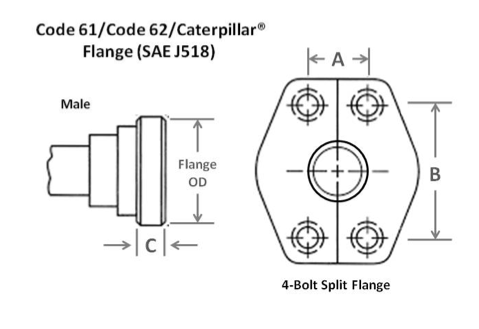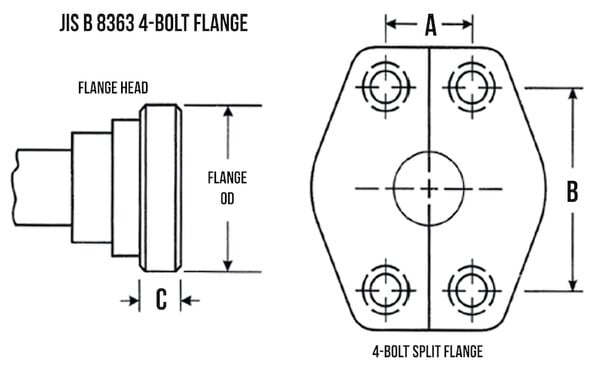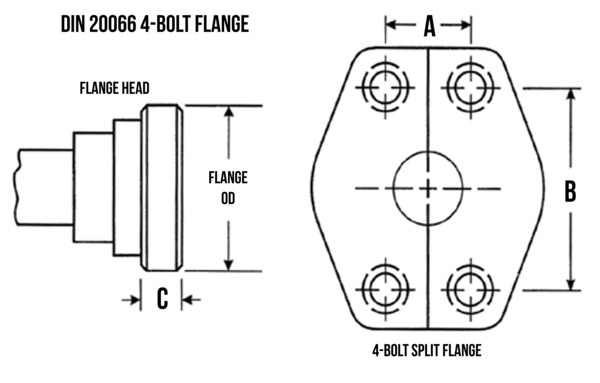Flanges are used in petrochemical, oil and gas, power generation and other industrial applications to connect pipes, valves and pumps. Pipe flanges connect piping systems and allow for efficient flow of liquids or gases. The proper selection, installation and alignment of flanges is critical in preventing leaks and damage to the system. Flanges, like most components, can be damaged due to poorly fitted gaskets, excessive vibration, corrosion or improper installation. Any of these factors can lead to serious system failure, causing thermal shock, excessive loads, stress shocks or stress cracking corrosion, resulting in excessive lateral or rotational flange misalignment. When performing maintenance, a previously assembled flanged joint can spring out of alignment in any direction around its circumference.










.jpeg)